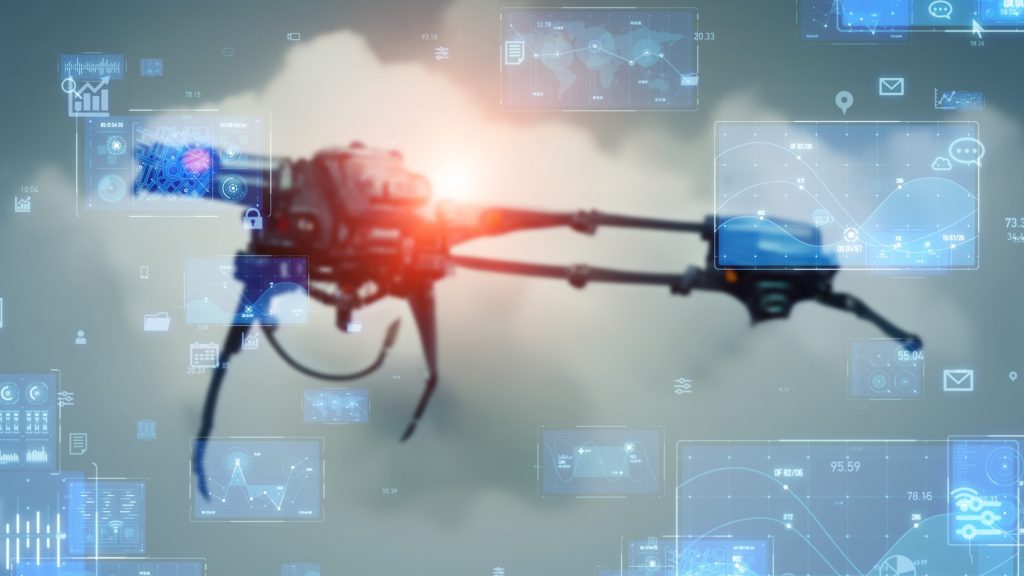
Kamikaze drones, which have a unique representation of development in their application of unmanned aerial vehicle (UAV) technology for warfare are being used in three different nations for attacks.
Kamikazee Application and Reasoning
Attacks from Israel on Lebanon, Lebanon on Israel, and Iran on Israel have all involved the use of kamikaze drones, also known as suicide drones, initially developed by Israel in the 80s.
In the most recent Lebanese self-defense attack on Israel, the drones launched from the Southern borders of Lebanon had a ‘precise’ impact on the target in occupied Palestinian territories of Keryat Shmouna, setting it ablaze. The same type of drone has been used by Israeli troops on the Lebanese southern borders from their northern border.
The famous Iran attack, back in April, evidently, making it outshine other drones.
The Kamikaze Specialty?
Kamikaze drones carry explosive payloads and are designed to crash into specific targets, acting like guided missiles. They come in different sizes and even forms, from small commercial quadcopters to even the larger fixed wing models and can have advanced tech like GPS guidance embedded in it, automated target recognition, and the ability to hover before attacking. The aim of such suicidal military machinery is to deliver ‘precise’ strikes without risking the pilot’s or civilian lives.
The term ‘kamikaze drone’ came from World War II Japanese kamikaze tactics. These drones, filled with explosives, are intended to be destroyed in the attack, with its technology now being used by different military forces especially in the Palestinian – Israeli war which has effected Southern Lebanon, including the use of drone swarms for strategic attacks.
Kamikaze Drone Applicable Tactics
Kamikaze drones are used in modern wars for several reasons as they are cost-effective compared to traditional war aircraft or missiles, making them attractive for militaries with smaller budgets. The drones’ autonomous operation keeps pilots safe from danger, allowing for quick, coordinated strikes using multiple drones. Their small size and simple design make them hard to detect and intercept, adding to their appeal in modern asymmetric warfare.
These drones use a variety of technologies for their missions and can be controlled by humans or operate autonomously.
Kamikaze drones often use fixed-wing or vertical take-off and landing (VTOL) designs to maximize payload and enhance stealth. Their explosive payloads can range from small warheads to larger charges for penetrating armor, sometimes incorporating multiple warheads or submunitions for broader impact.
By combining guidance, targeting, and explosive capabilities, kamikaze drones offer an affordable, deployable way to deliver precise, high-impact attacks while keeping pilots out of harm’s way.
Inside Telecom provides you with an extensive list of content covering all aspects of the tech industry. Keep an eye on our Tech sections to stay informed and up-to-date with our daily articles.